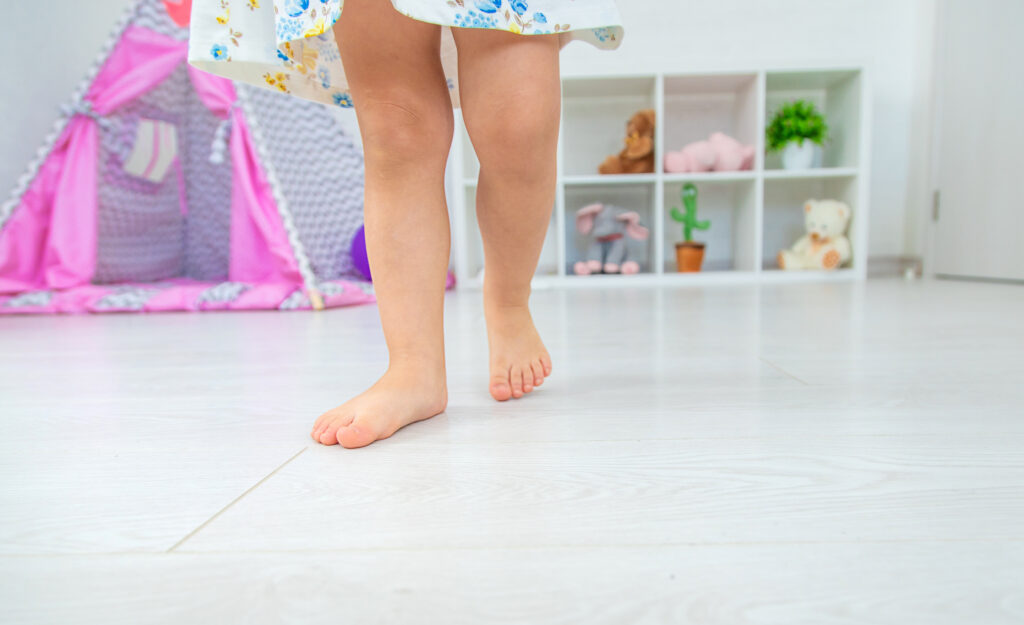Understanding Flat Feet in Children

Flat feet, or pes planus, is a condition where the arches of the feet collapse, causing the entire sole to touch the ground when standing. While it’s common in adults, it’s even more prevalent in children. So, why do kids have flat feet? Let’s delve into the factors contributing to this condition.
Causes of Flat Feet
Firstly, during infancy and early childhood, children’s arches haven’t fully developed. The arches typically begin to form around age 2 or 3, and they continue to develop until around age 8. Until then, it’s natural for children to have flat feet. Most of the time, the arches develop as the child grows, and the feet correct themselves without intervention.
Secondly, genetics play a significant role. If one or both parents have pes planus, there’s a higher chance their child will inherit the condition. It’s not necessarily a guarantee, but genetics predispose certain individuals to have flatter arches.
Thirdly, certain medical conditions can contribute. Conditions like cerebral palsy, muscular dystrophy, or Ehlers-Danlos syndrome can affect the muscles and connective tissues in the feet, leading to flat feet or other foot deformities.
Moreover, obesity can exacerbate the problem. Excess weight puts more pressure on the feet, which can cause the arches to flatten. Encouraging children to maintain a healthy weight through balanced diet and regular exercise can help alleviate this pressure.
Fortunately, most cases don’t require treatment, as the arches typically develop over time. However, if the issues is causing pain, discomfort, or other issues with mobility, a pediatrician or orthopedic specialist may recommend orthotic inserts, physical therapy, or other interventions to provide support and alleviate symptoms.
In conclusion, flat feet in children can stem from a combination of developmental factors, genetics, medical conditions, lifestyle factors, and improper footwear. Understanding these factors can help parents and caregivers identify when intervention may be necessary to support their child’s foot health and overall well-being.
